Nestled in the heart of Europe, Slovenia harbors countless hidden villages that seem to exist in their timeless bubble. These remote settlements, scattered across alpine peaks, verdant valleys, and karst plateaus, preserve centuries-old traditions and architecture that transport visitors to another era.
As you venture off the beaten path to discover these enchanting hamlets, you’ll encounter a way of life that has remained largely unchanged for generations. These hamlets offer a glimpse into Slovenia’s rich cultural heritage and stunning natural landscapes.
Šmartno (Goriška Brda)

Perched atop a rolling hill in western Slovenia’s wine country, Šmartno is a testament to medieval military architecture. Its distinctive defensive walls and five preserved towers once protected the village from Ottoman invasions, while today, they shelter narrow cobblestone streets lined with traditional stone houses.
Residents still maintain age-old wine-making traditions in centuries-old cellars beneath their homes, producing renowned wines from the surrounding terraced vineyards. The village’s strategic position offers breathtaking views of the Julian Alps and the Adriatic Sea on clear days.
Zgornja Sorica (Upper Carniola)
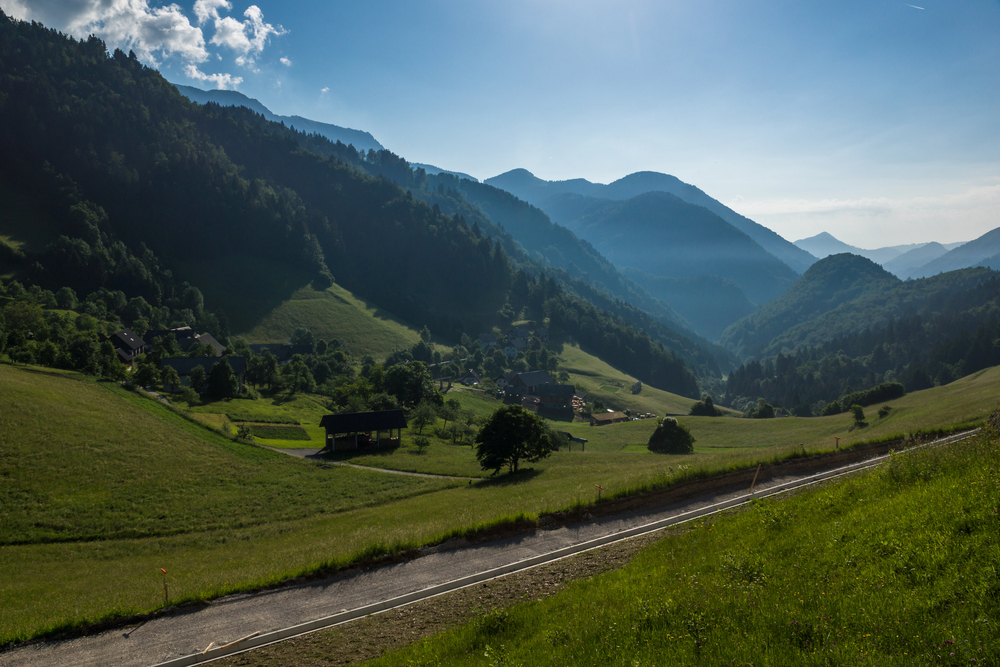
Tucked away in the Upper Carniolan region at an elevation of 2,887 feet, Zgornja Sorica embodies the essence of alpine village life. The birthplace of famous Slovenian painter Ivan Grohar, this settlement features traditional black kitchen houses where families still smoke meat using age-old methods.
Winter transforms the village into a pristine wonderland, with local children sledding down the same slopes their great-grandparents once enjoyed. The surrounding meadows burst with wildflowers in spring, providing perfect hiking opportunities through unspoiled nature.
Like Travel Pug’s content? Follow us on MSN.
Žička Kartuzija (Slovenske Konjice)
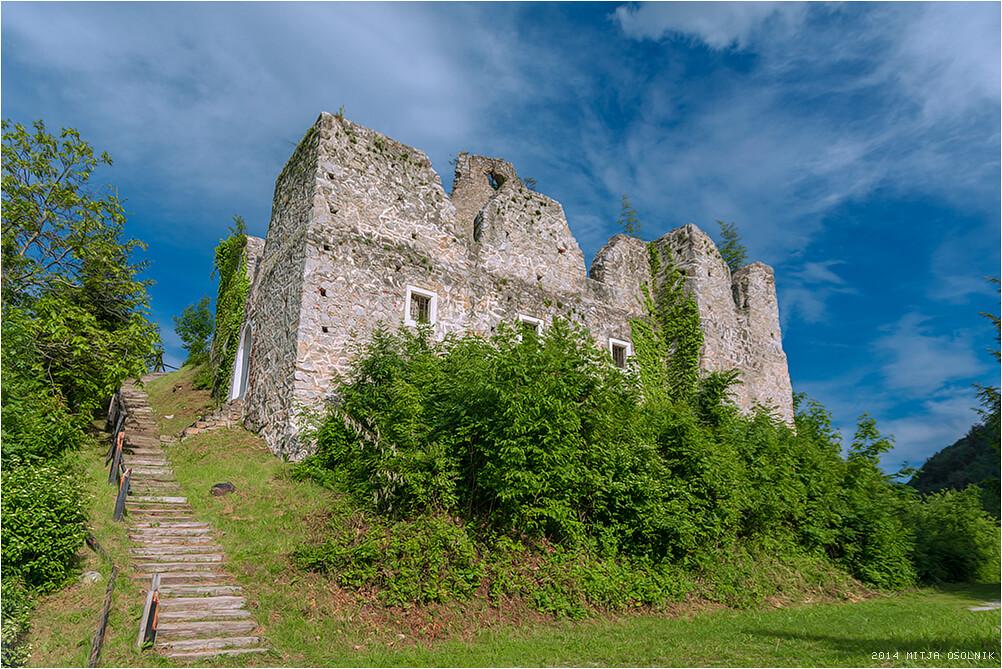
Hidden within a secluded valley, the village surrounding Žička Kartuzija grew around one of Europe’s most important medieval monasteries. Ancient stone houses cluster along the stream where monks once maintained their herb gardens and vineyards, producing medicines and wines.
Modern residents continue to cultivate herbs using traditional methods passed down through generations. The peaceful atmosphere that attracted Carthusian monks in the 12th century remains palpable today.
Olimje (Obsotelje)
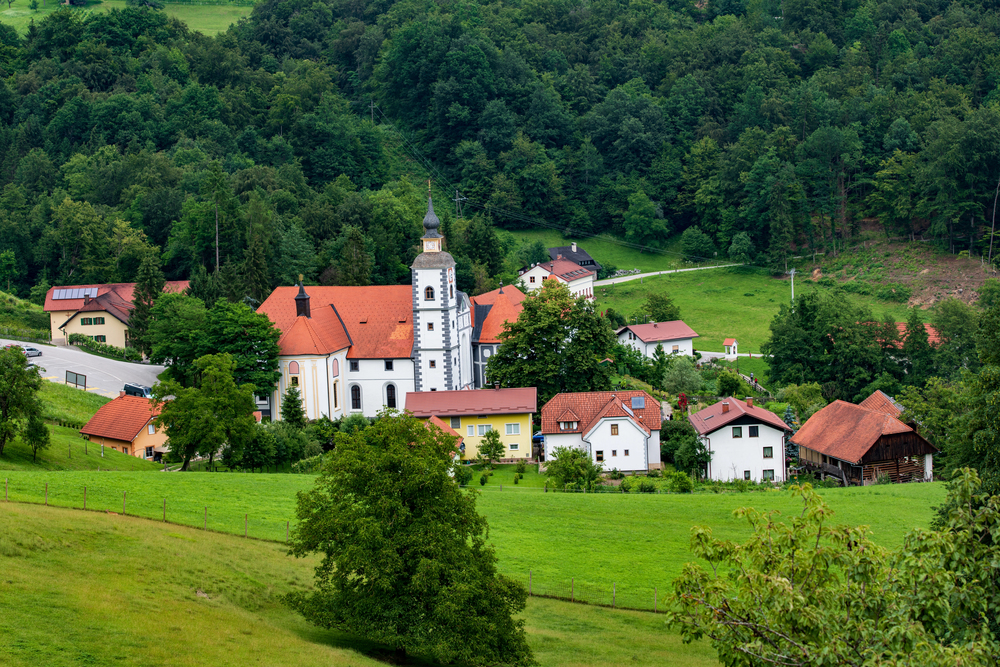
Nestled in the gentle hills of eastern Slovenia, Olimje centers around a magnificent 16th-century monastery housing one of Europe’s oldest pharmacies. Local herbalists still gather medicinal plants from the surrounding forests, maintaining centuries-old healing traditions.
The village’s chocolate-making tradition, started by monks, continues in small family workshops throughout the community. Nearby thermal springs have attracted visitors seeking healing waters since Roman times.
Drežnica (Soča Valley)
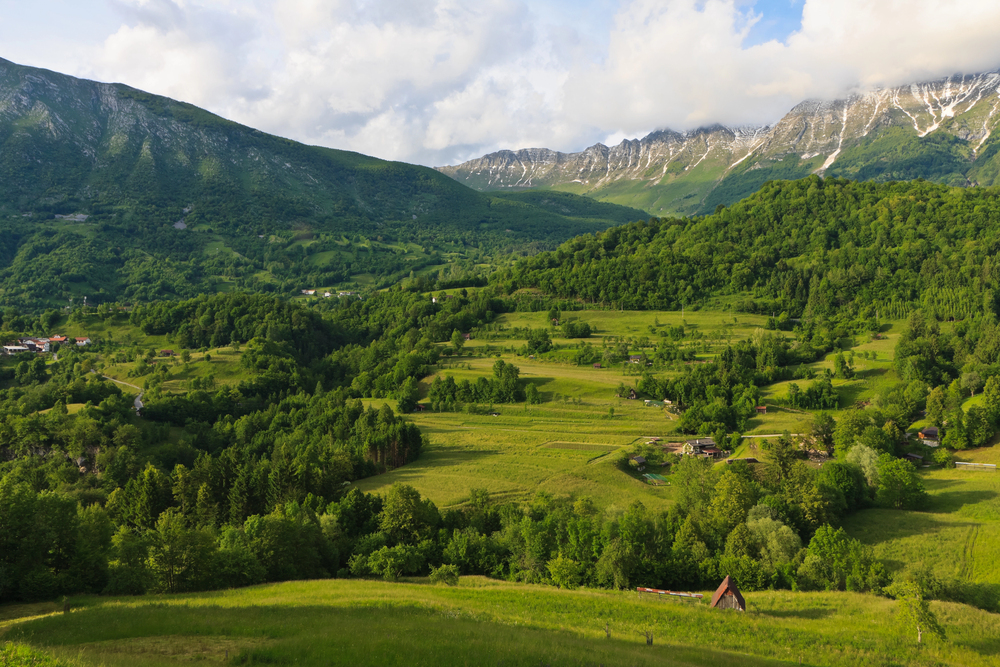
Clinging to a sunny terrace beneath the mighty walls of Mount Krn, Drežnica preserves the authentic character of a traditional alpine village. Its iconic church, with one of the steepest bell towers in Slovenia, stands as a sentinel over traditional wooden hay racks and stone houses with distinctive carved wooden balconies.
Local shepherds maintain ancient pastoral traditions, moving their flocks between seasonal mountain pastures. The village offers stunning views of the surrounding Julian Alps and Soča Valley.
Like Travel Pug’s content? Follow us on MSN.
Velika Planina (Kamnik Alps)
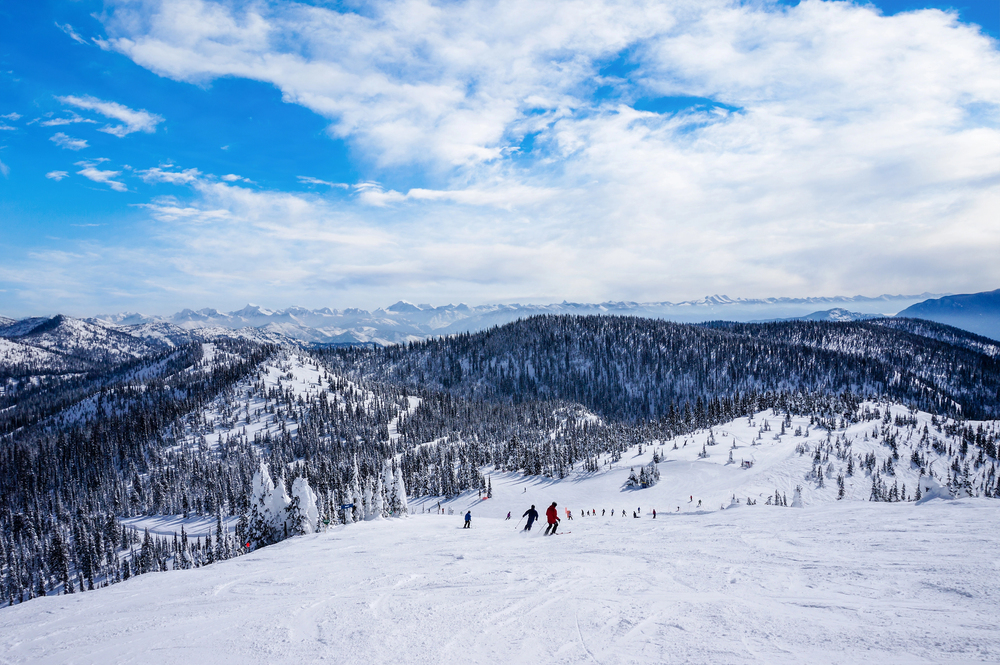
Situated 4,921 feet above sea level, this high-altitude settlement is Europe’s largest preserved herders’s village. During the summer, shepherds still live in traditional oval-shaped wooden huts with steep roofs designed to withstand heavy snow.
The local cheese-making tradition has remained unchanged for centuries, with herders producing distinctive Trnič cheese. Mountain wildflowers carpet the surrounding alpine meadows during the brief summer season.
Štanjel (Karst Region)
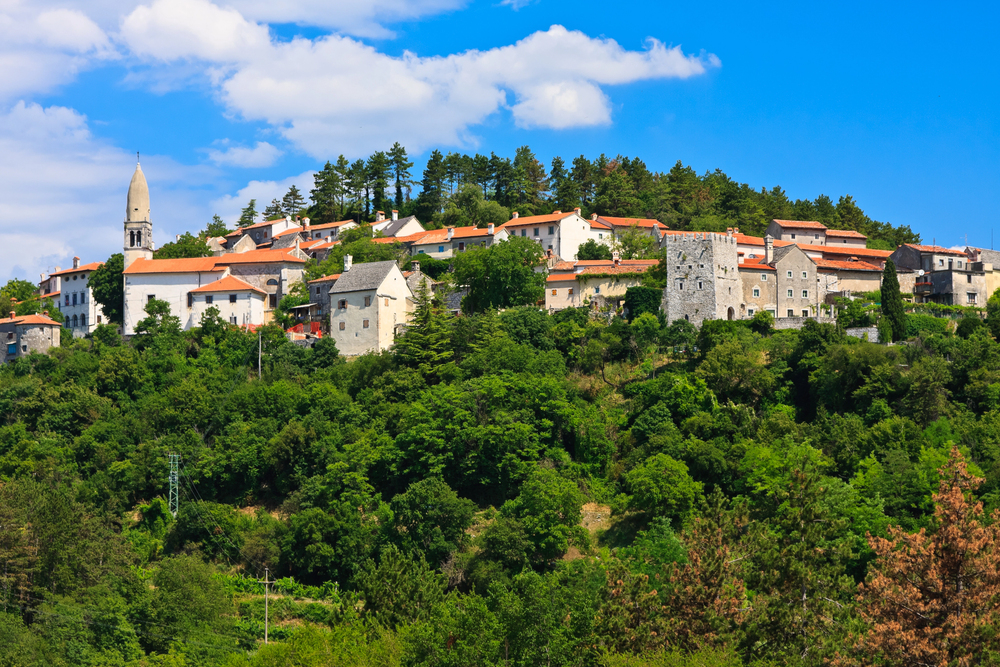
Rising dramatically above the Karst plateau, Štanjel’s medieval stone houses form a perfect circle around the hilltop castle. The village’s unique architecture reflects the harmonious blend of Mediterranean and central European building styles.
Famous architect Max Fabiani designed the terraced Ferrari Garden, which continues to showcase the principles of Karst water management. The village’s stone houses feature distinctive ‘borjač’ courtyards where residents still gather during summer evenings.
Sveti Tomaž (Slovenske Gorice)
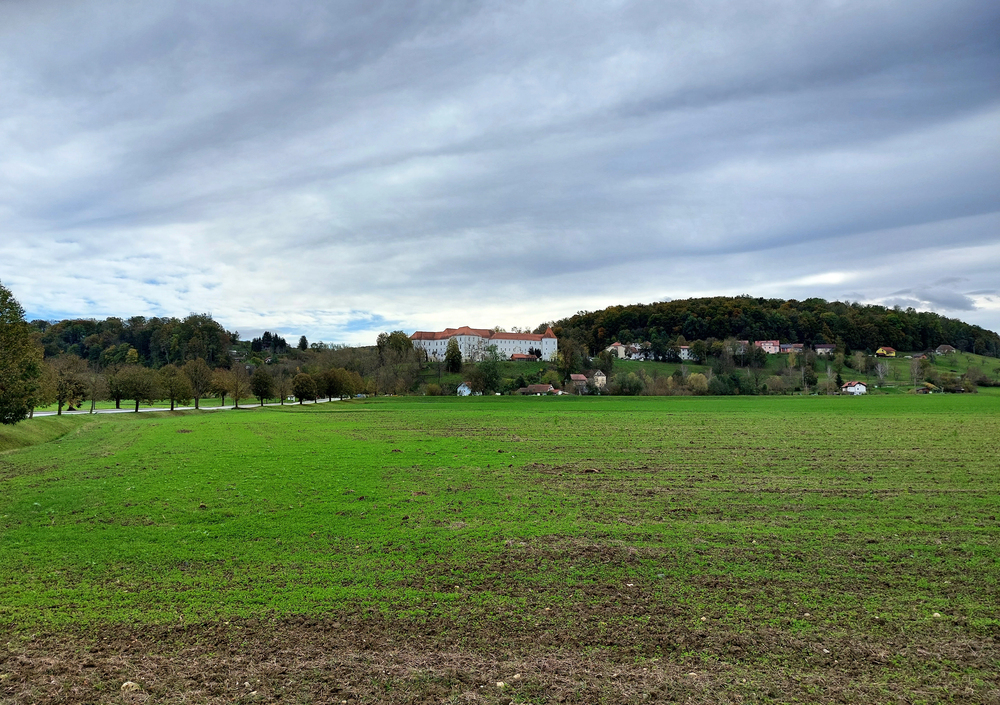
Located in the heart of Slovenske Gorice wine country, Sveti Tomaž preserves the gentle rhythm of traditional rural life. Ancient wine cellars tunnel beneath the village’s rolling hills, where families maintain centuries-old viticulture practices.
Local folklore lives on through traditional celebrations and music performed on the central village square. The surrounding landscape of vineyards and orchards has remained virtually unchanged since medieval times.
Like Travel Pug’s content? Follow us on MSN.
Podsreda (Kozjansko)
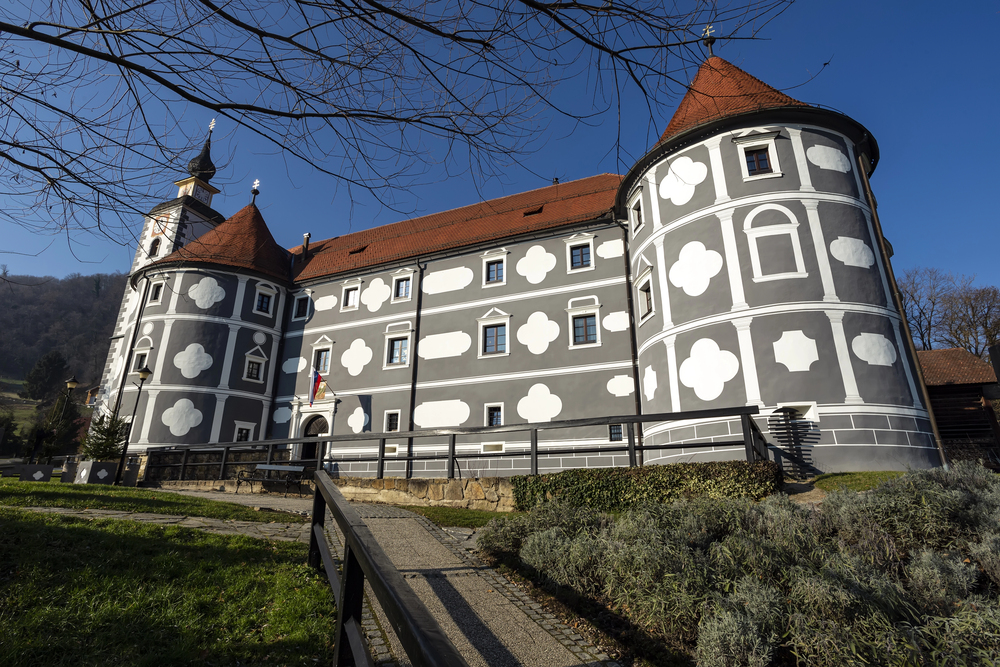
Dominated by a perfectly preserved Romanesque castle, Podsreda embodies the medieval charm of eastern Slovenia. Traditional artisans, from woodcarvers to blacksmiths, continue to practice their trades in workshops lining the village’s main street.
The local market tradition dates back to 1377 when farmers gathered to trade goods weekly. The surrounding Kozjansko Regional Park protects both natural and cultural heritage.
Javorca (Tolmin)
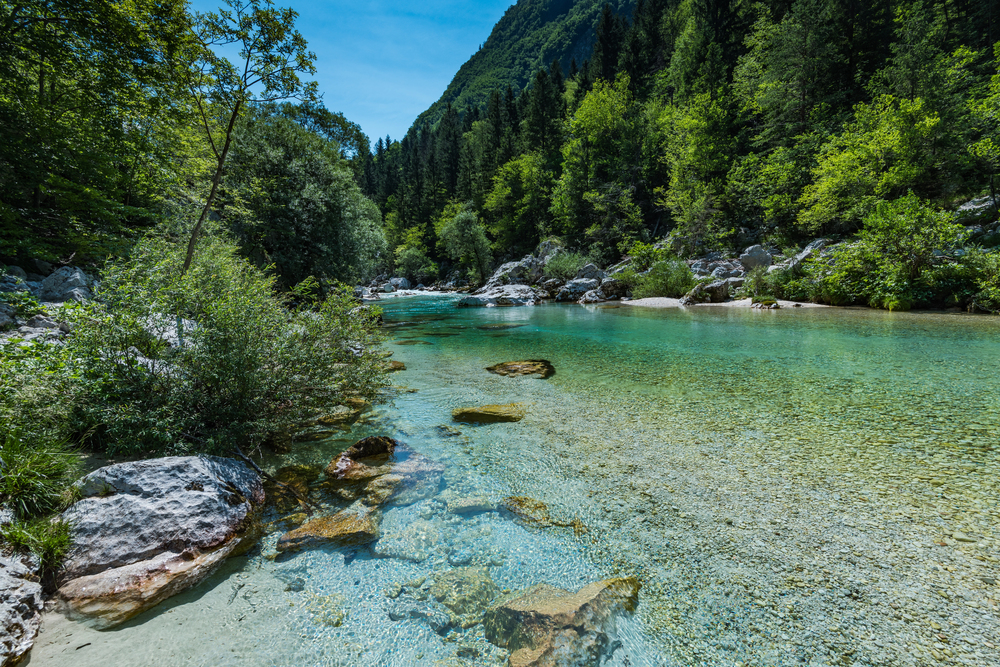
Hidden in a remote valley of the Julian Alps, Javorca centers around a unique World War I memorial church built by Austro-Hungarian soldiers. The village’s wooden houses showcase traditional alpine architecture adapted to harsh mountain conditions.
Residents maintain memories of wartime history through oral traditions and preserved artifacts. The surrounding wilderness offers some of Slovenia’s most dramatic mountain scenery.
Selo (Prekmurje)
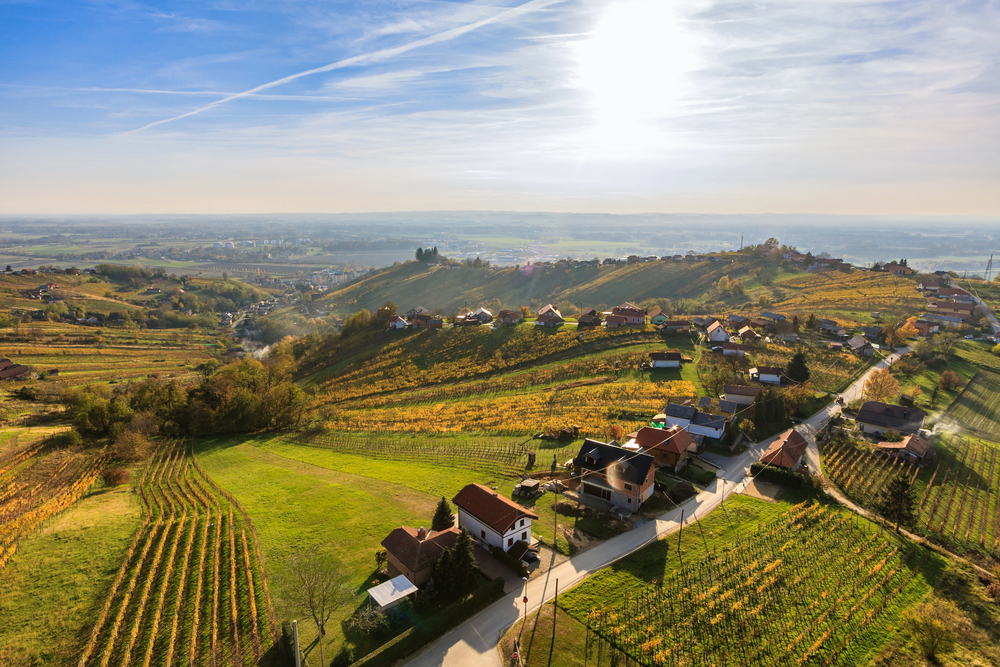
Set among the gentle hills of Slovenia’s easternmost region, Selo features unique rotunda architecture found nowhere else in the country. Traditional potters still work with local clay using techniques passed down through generations.
The village preserves the distinctive Prekmurje dialect and customs influenced by Hungarian culture. Local gardens showcase heritage varieties of vegetables and fruits maintained by village families.
Like Travel Pug’s content? Follow us on MSN.
Ranč (Škofja Loka Hills)
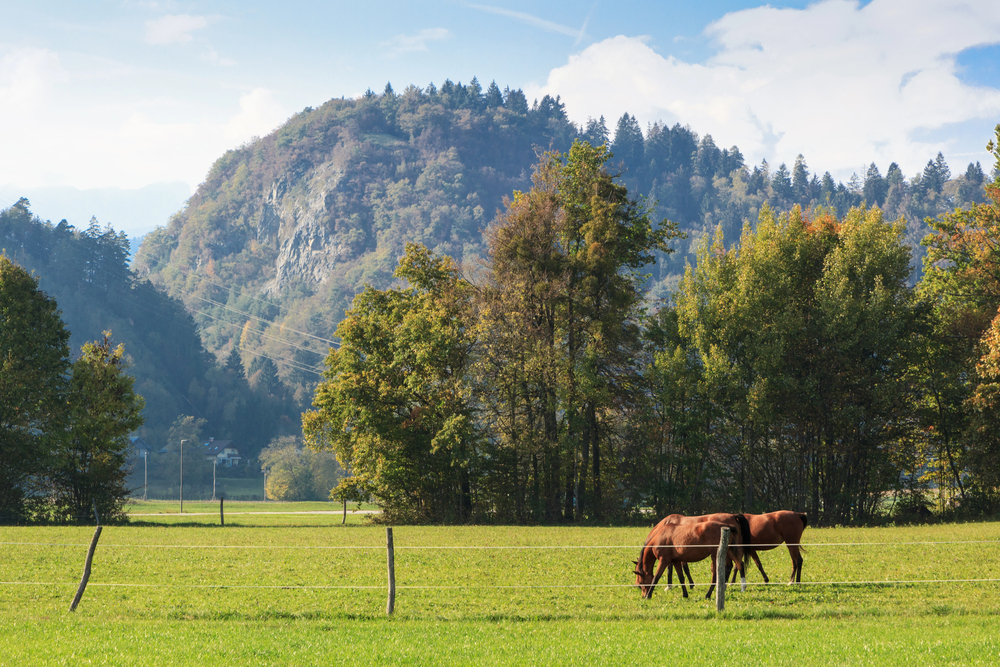
Perched high in the Škofja Loka Hills, Ranč maintains its medieval character through preserved architectural elements and traditional farming practices. Ancient fruit-drying houses still process local varieties of apples and pears using traditional methods.
The village’s isolated location has helped preserve unique local traditions and dialects. Surrounding forests harbor rare plant species protected by villagers for generations.
Kras (Bela Krajina)
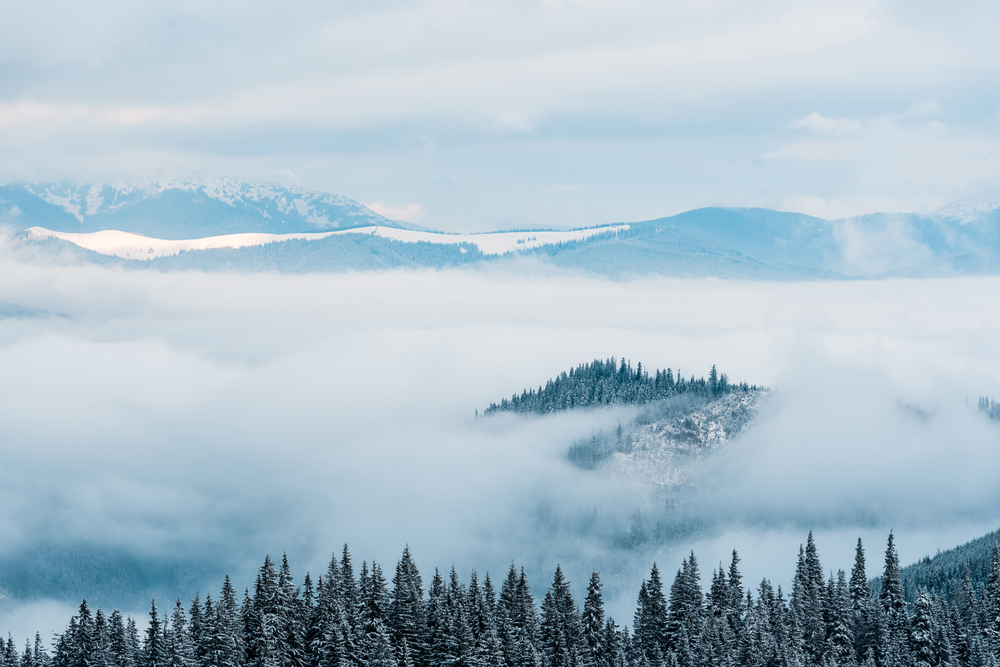
Kras exemplifies Bela Krajina’s unique cultural heritage in Slovenia’s southeastern region. Traditional weavers still create distinctive local textiles using patterns passed down through generations.
The village preserves authentic regional wooden architecture adapted to the karst landscape. Local folklore includes unique customs blending Slavic and Uskok traditions.
Robidišče (Breginjski Kot)
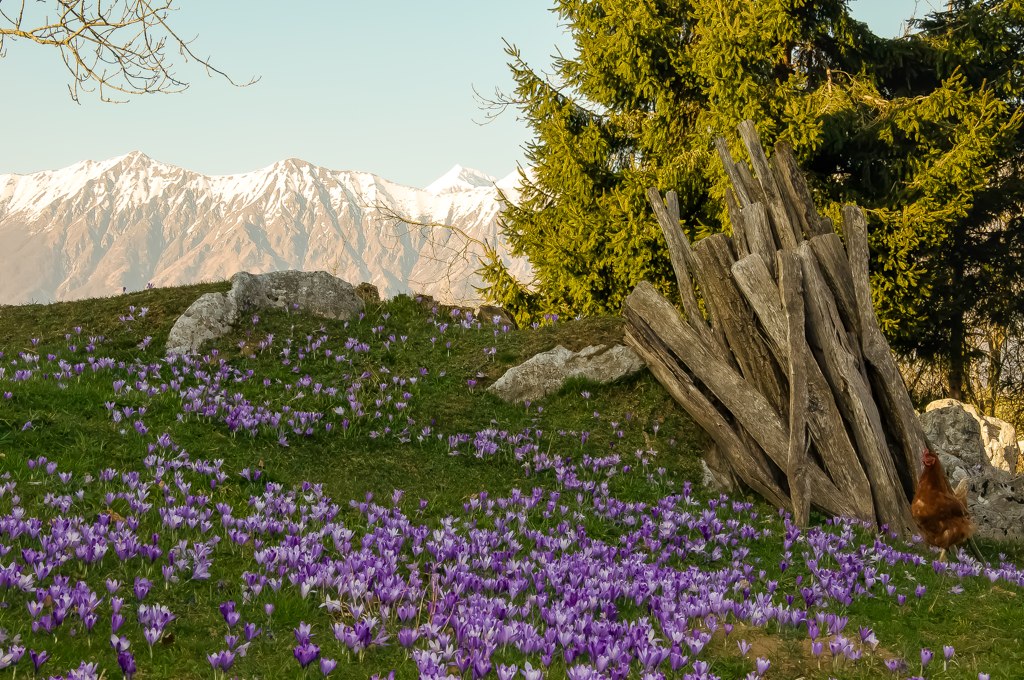
As Slovenia’s westernmost village, Robidišče is a testament to resilient mountain culture. Stone houses with distinctive wooden galleries reflect the influence of nearby Friulian architecture.
The village maintains traditional practices of gathering medicinal herbs and forest fruits. Despite its remote location, the community preserves rich cultural traditions through regular gatherings and celebrations.
Like Travel Pug’s content? Follow us on MSN.
Log pod Mangartom (Julian Alps)
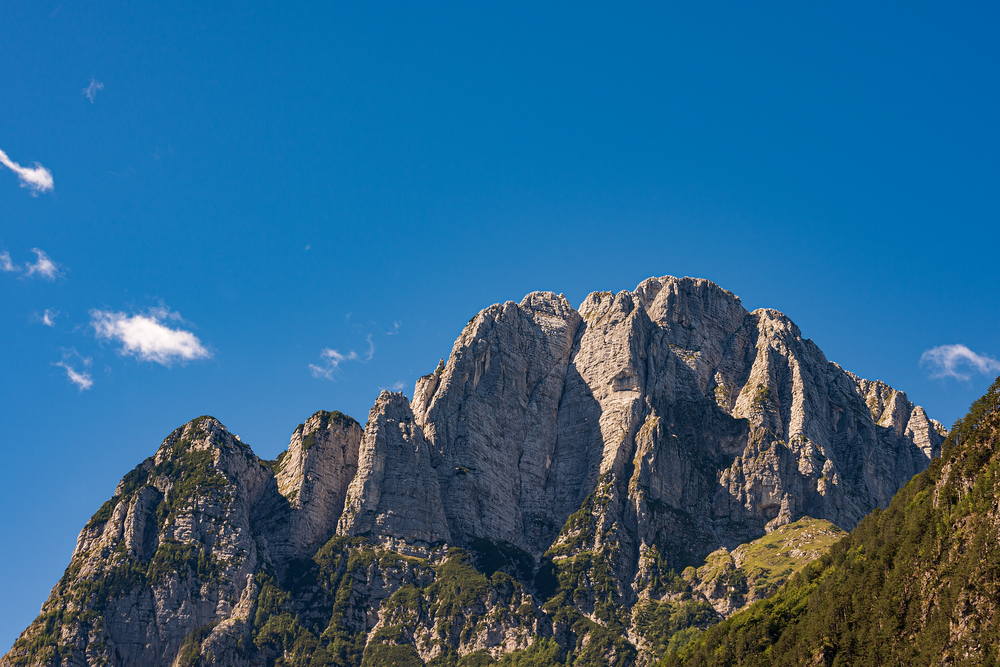
Sheltered beneath Slovenia’s third-highest peak, Log pod Mangartom exemplifies high-alpine village life. Traditional mine workers’ houses tell the story of the village’s mining heritage, which dates back to the 16th century.
Residents maintain distinctive Slovenian-Italian bilingual traditions, reflecting the area’s borderland character. The surrounding landscape offers some of the most dramatic mountain scenery in the Eastern Alps.
Slovenia’s Timeless Villages
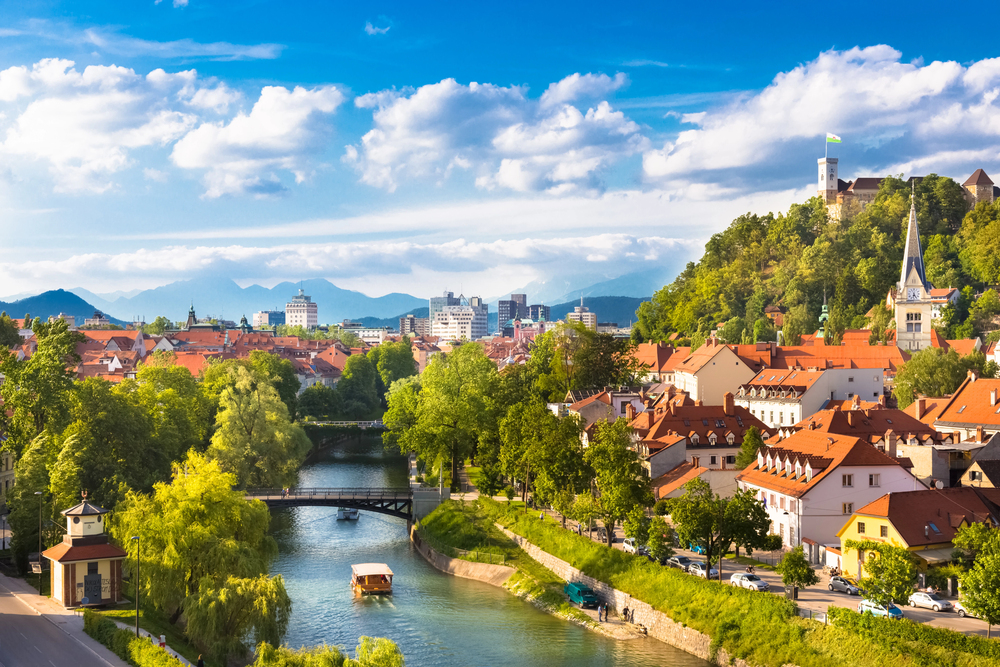
These hidden villages offer more than just a glimpse into Slovenia’s past – they represent living communities where ancient traditions continue to thrive and evolve. Their preservation stands as a testament to the resilience of local culture and the importance of maintaining connections to our shared heritage.
Whether you’re seeking authentic experiences, dramatic landscapes, or simply a chance to step back in time, these villages invite you to discover the heart and soul of timeless Slovenia.
More from Travel Pug

- 15 Dangerous European Cities to Avoid
- 15 Caribbean Islands Where Tourists Keep Getting Scammed
- The 20 Most Fascinating Abandoned Places: A Journey Through Time and Forgotten Spaces
- 15 Hidden Places in the Smithsonian Museums Locals Love: A Guide to Lesser-Known Treasures
- 16 Hidden Florida Beach Towns That Aren’t Overrun with Tourists
Like Travel Pug’s content? Follow us on MSN.
